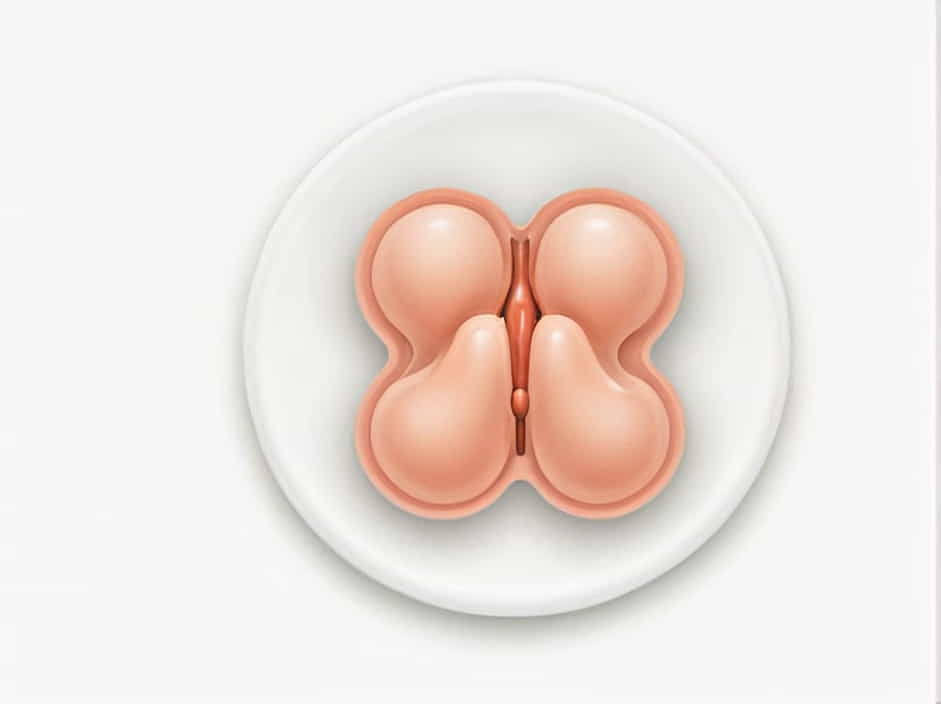The peritoneum is a vital membrane that surrounds and protects the abdominal viscera, including organs like the stomach, intestines, liver, and spleen. It plays a crucial role in providing support, reducing friction between organs, and serving as a conduit for blood vessels and nerves.
In this topic, we will explore the structure, function, and importance of the peritoneum, as well as common medical conditions related to this essential membrane.
What Is the Peritoneum?
The peritoneum is a serous membrane that lines the abdominal cavity and covers most abdominal organs. It is divided into two layers:
- Parietal Peritoneum – Lines the inner surface of the abdominal wall.
- Visceral Peritoneum – Covers the surface of abdominal organs.
The space between these layers is called the peritoneal cavity, which contains a small amount of fluid that helps lubricate and prevent friction between moving organs.
Functions of the Peritoneum
1. Protection and Support
The peritoneum provides a protective barrier for abdominal organs, helping to cushion and stabilize them within the abdominal cavity.
2. Lubrication and Movement
The peritoneal fluid reduces friction, allowing the intestines and other organs to move smoothly during digestion and other bodily functions.
3. Pathway for Blood Vessels and Nerves
The peritoneum serves as a conduit for blood vessels, lymphatics, and nerves, ensuring that organs receive the necessary nutrients and signals for proper function.
4. Immune Defense
The peritoneum contains immune cells that help detect and fight infections within the abdominal cavity.
Types of Peritoneal Structures
1. Peritoneal Ligaments
These are folds of the peritoneum that help attach organs to the abdominal wall or to each other. Examples include:
- Falciform Ligament – Connects the liver to the anterior abdominal wall.
- Splenorenal Ligament – Connects the spleen to the kidney.
2. Mesentery
The mesentery is a double layer of the peritoneum that anchors the intestines to the posterior abdominal wall while allowing blood vessels to pass through.
3. Omentum
The omentum is a fatty apron-like structure that extends from the stomach and covers abdominal organs. It is divided into:
- Greater Omentum – A large fold that provides cushioning and immune protection.
- Lesser Omentum – A smaller fold that connects the stomach to the liver.
Common Peritoneal Conditions
1. Peritonitis (Inflammation of the Peritoneum)
Peritonitis occurs when the peritoneum becomes inflamed due to infection, injury, or a ruptured organ. Symptoms include:
- Severe abdominal pain
- Fever and chills
- Nausea and vomiting
- Swelling or bloating
If untreated, peritonitis can be life-threatening and requires immediate medical attention.
2. Ascites (Fluid Accumulation in the Peritoneal Cavity)
Ascites is an abnormal buildup of fluid in the peritoneal cavity, often caused by:
- Liver disease (such as cirrhosis)
- Heart failure
- Cancer
Treatment depends on the underlying cause and may include medications, drainage, or dietary changes.
3. Peritoneal Cancer
Peritoneal cancer is a rare form of cancer that affects the peritoneal lining. It may develop on its own or spread from other cancers, such as ovarian or colorectal cancer. Symptoms include:
- Persistent abdominal pain
- Unexplained weight loss
- Loss of appetite
Early detection and treatment, such as surgery and chemotherapy, can improve outcomes.
The Role of the Peritoneum in Surgery and Medicine
1. Peritoneal Dialysis
For patients with kidney failure, peritoneal dialysis uses the peritoneum as a filter to remove waste products from the blood. This method is an alternative to hemodialysis and can be performed at home.
2. Laparoscopic Surgery
Minimally invasive procedures, such as laparoscopy, involve making small incisions in the peritoneum to examine or treat abdominal organs. This technique reduces recovery time and scarring.
The peritoneum is more than just a lining—it plays a crucial role in organ protection, movement, and overall health. Understanding its functions and related conditions helps in recognizing potential health issues early. If you experience persistent abdominal pain, swelling, or other symptoms, seeking medical attention is essential for proper diagnosis and treatment.
